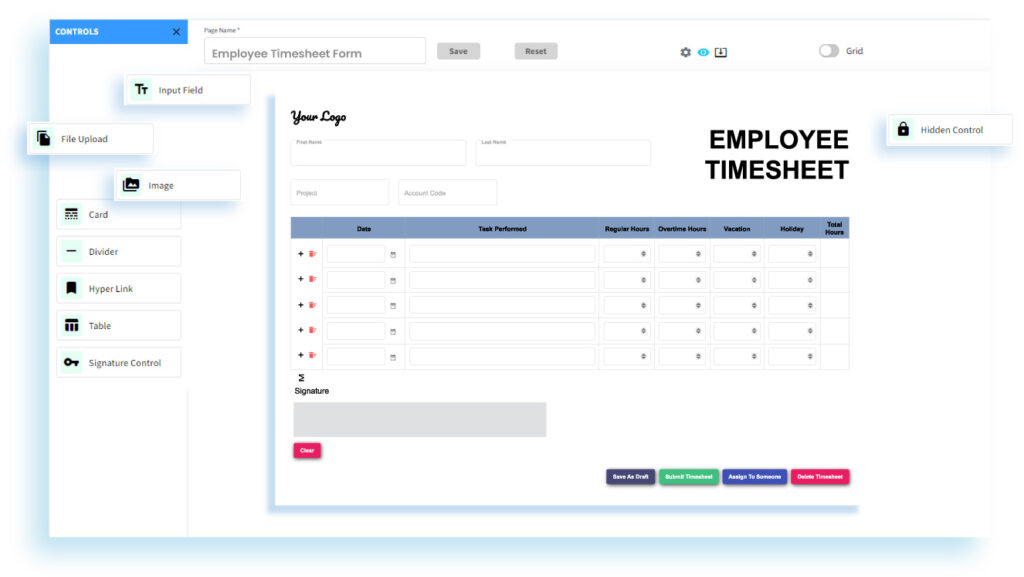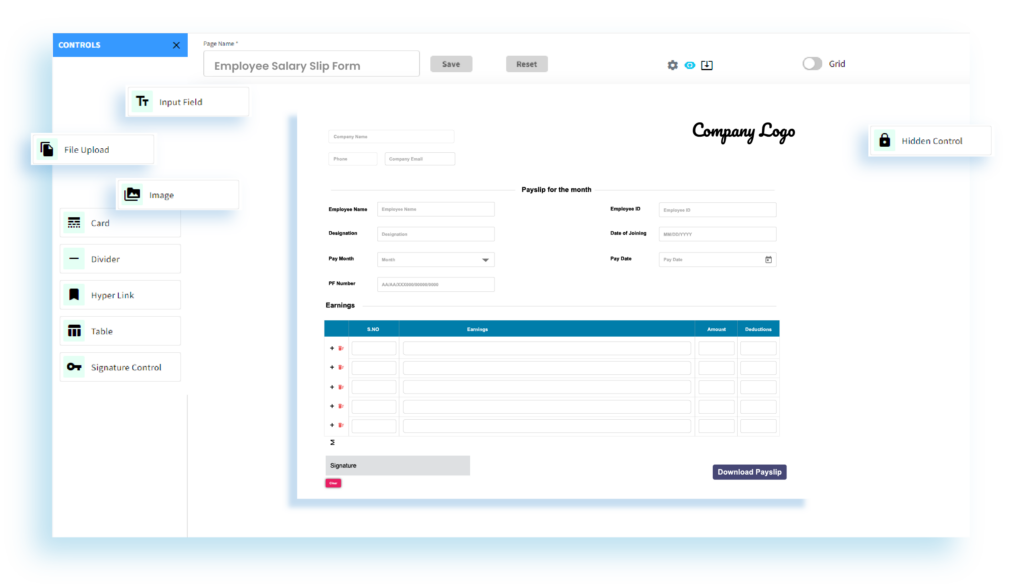What is HRM Automation?
HRM automation is a system that automates HR tasks, such as employee onboarding, payroll, and timekeeping so that you don’t have to spend as much time on these tasks.
HRM automation can be used in many ways to help your business run more efficiently. For example, it can automate the process of hiring and onboarding employees. It can also be used to automate payroll and timekeeping processes.
Who Uses HRM Automation?
- HRM automation is often used by organizations that have a large number of employees and a lot of HR processes. It helps them automate their HR processes and save time on administrative tasks.
- HRM automation can be used by small businesses as well, but they may not see the benefits as they will have to spend time on training their employees to use the system.
- HRM automation is a new way of doing HR. It’s a system that automates the recruitment, hiring and management process.
- HRM automation can help companies save time and money, while also improving the quality of their HR processes. Automation can be used in any industry to automate any HR process from end-to-end.
- HRM automation software is used by many companies across all industries to automate their recruitment process.
Automation in HR
With the help of HRM software, HR teams can focus on the most critical tasks and make better decisions.

HRM automation is a technology that helps companies to automate some of their HR processes. This is done with the help of software that enables businesses to manage their workforce more efficiently. It does this by automating tasks like recruitment, performance reviews, and other administrative tasks.
HRM automation helps companies in various ways: it saves time, improves data accuracy, increases productivity and reduces costs.
HR automation is the process of utilizing software to automate the tasks that are traditionally handled by HR professionals, such as recruitment, employee payroll, and benefits. The benefits of HR solutions are numerous and include saving time, reducing costs and increasing efficiency.
The Benefits of Automation in HR
Automation in HR can be a good thing. It can save time, money and resources that would otherwise be wasted on repetitive work.
Process automation in HR is a relatively new concept. But it has already proven to have many benefits for both the employer and the employee. It has helped reduce the cost of HR management, made it easier to find talent, reduced the amount of time needed to find candidates, and increased efficiency when conducting background checks.
Automation in HR is a way to make the process more efficient and cost-effective. This would allow HR departments to focus on more important aspects of the job.
HR automation will not only help with the efficiency of HR processes, but will also help reduce costs for businesses. This is because one of the main benefits of automation is that there are no costs associated with labor or a human resource department.
By automating tasks that would otherwise be done by a human, companies are able to save money on salaries and other overhead expenses like benefits and payroll taxes.
How Automation Fits Within a Company's Operations?
Automation is one of the most important aspects of a company’s operations. It can help increase efficiency and decrease costs.
- Automated payroll process: With an automated payroll process, employees will have to spend less time on paperwork and more time on their actual jobs. This also takes away the need for an HR department as all the data is stored in a central database.
- Automated time sheets: With automated time sheets, employees will be able to log their hours from anywhere, meaning that they won’t need to come into work to do so. This saves companies money by not having to pay for employee’s commute or office space.

Automated payroll process is a system that simplifies the process of calculating and distributing payroll. It is also called as “automated time sheets.”
There are many benefits of using an automated payroll process. One of the biggest benefits is the elimination of human error. In an automated payroll process, all calculations are done automatically with no errors.

Another benefit is the ability to calculate more accurate wages on a regular basis with less effort than before. Automated pay processes are designed to be simple and easy to use by anyone who needs it, not just payroll experts.
The main goal of this system is to make sure that employees get paid correctly every time they work and that employers don’t have to worry about any mistakes or errors in calculations.
Human And Machine Collaborate Better Than Ever Before
Machines are getting smarter and the human-machine collaboration is more common than ever. HR templates are a perfect example of how this collaboration works.
The need for automation in HR has been growing steadily over the years. The traditional methods of filling out forms and writing emails can be time-consuming, tedious and error-prone. With the help of HR templates, HR professionals can now automate these tasks with just a few clicks.
Human-machine collaboration is the new way to work. This is because of the many benefits that it has. It helps in increasing productivity and quality of work, as well as reducing costs.
One of the main reasons for which human-machine collaboration is becoming popular is that it can reduce costs by up to 30%. This happens because machines don’t need salaries, they don’t require breaks, and they don’t need sick days. Besides this, machines are also more efficient than humans in completing repetitive tasks.
Conclusion
There are many benefits that come with automation, such as more efficiency and cost savings. However, we should not forget about the human side of HR. It is important to understand what is happening in the workplace and to be able to address any issues before they arise.
HR automation has helped many companies to free up their time and resources.
Employee management software are a way for HR professionals to streamline the process of hiring. They can use them when they need to create a new job description or fill out the necessary paperwork.




